In the present era, the application of electrical energy is becoming increasingly widespread. However, the electrical energy enclosure, as a crucial component, is often overlooked. What exactly is it? Why is it worthy of our attention? And how is it manufactured? Let's explore these questions in depth together.
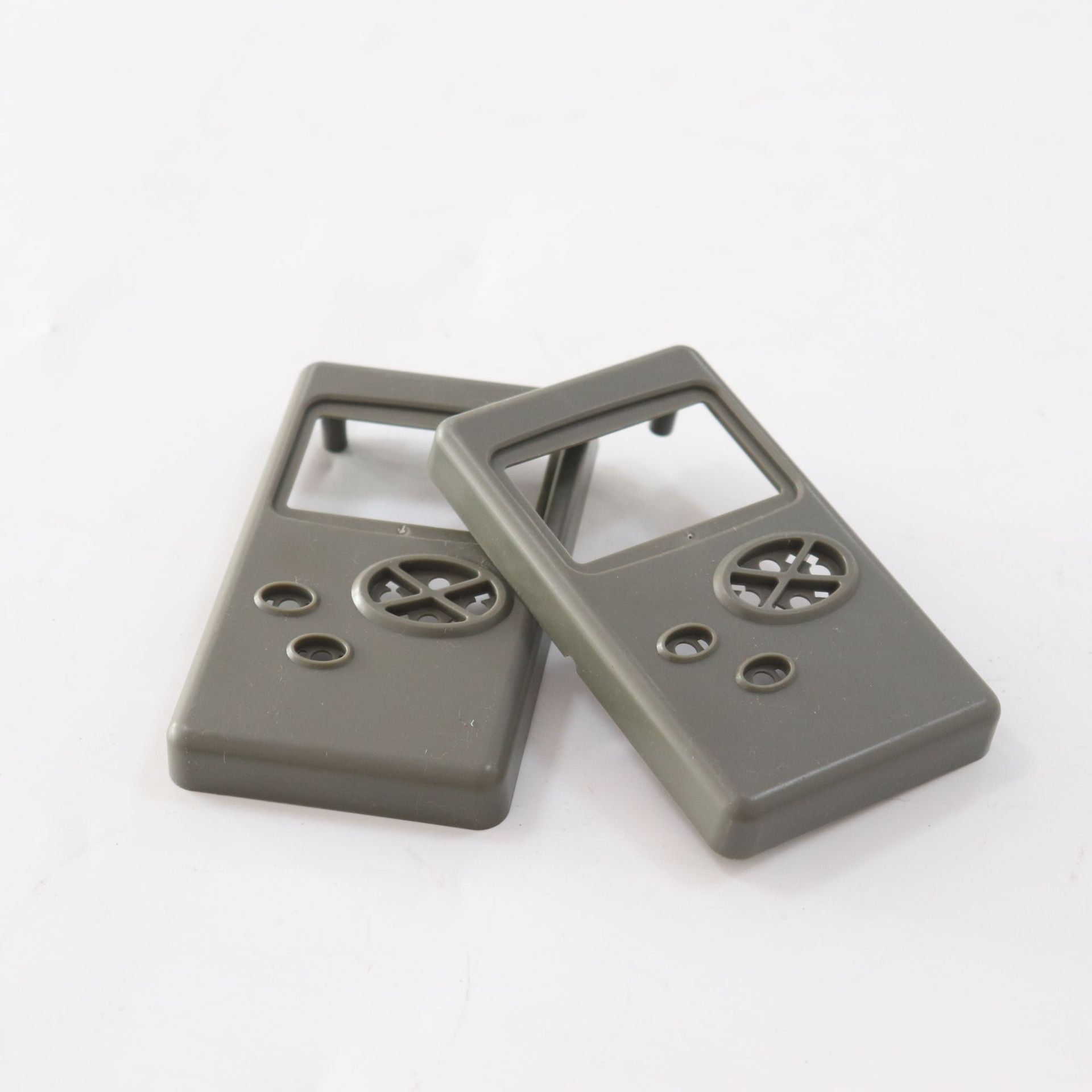
1.1 Definition
The electrical energy enclosure is an external structure that encloses and protects relevant components of electrical energy, such as batteries and circuit boards. It also possesses functions like physical protection, heat dissipation, and electromagnetic shielding.
1.2 Classification
Electric Vehicle Battery Enclosure:
Mostly in the shape of larger cuboids or irregular shapes to adapt to the chassis installation and battery layout.
It emphasizes heat dissipation and high-strength protection. Commonly, aluminum alloy is used, with structures like heat dissipation fins.
Power Bank Enclosure:
Small and portable, with diverse shapes.
It focuses on appearance and hand-feel. Engineering plastics such as ABS and PC are often used, which are low in cost and easy to process.
Solar Panel Assembly Enclosure:
Determined by the shape and installation method of the solar panel, commonly in flat or curved shapes.
It requires good weather resistance. High-weather-resistant materials are often used, with an emphasis on sealing to prevent external factors from affecting the efficiency of the solar panel.
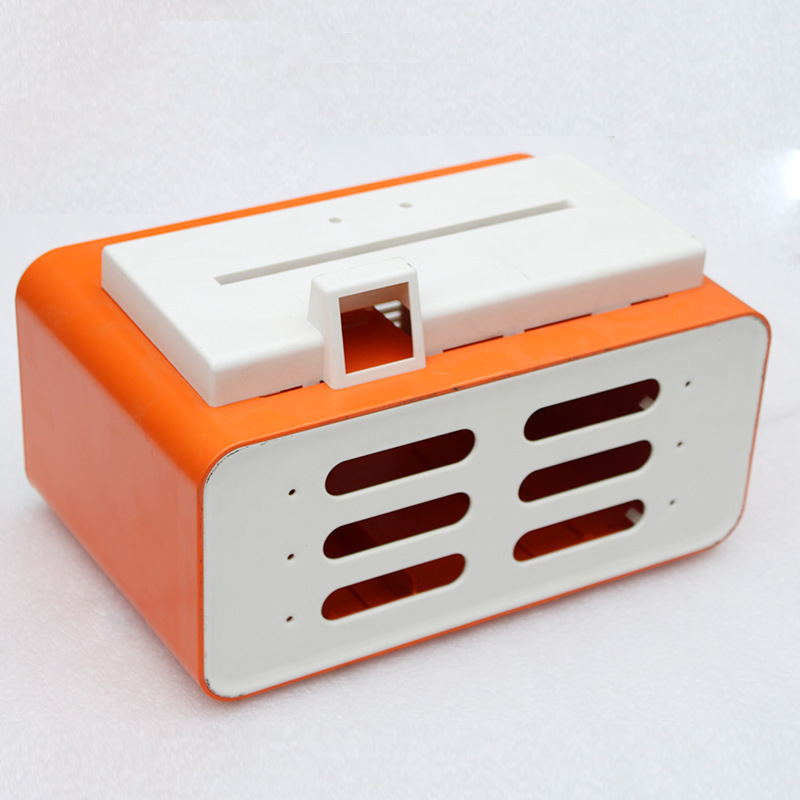
2.1 Engineering Plastics
ABS Plastic:
Characteristics: Good strength, toughness, and processability. The appearance can be enhanced, and it is low in cost.
Application: Suitable for enclosures of power banks, small household solar panel assemblies, etc.
PC Plastic:
Characteristics: Excellent transparency, good impact resistance, and heat resistance.
Application: Applicable to electrical energy product enclosures that require transparency or impact resistance.
2.2 Metal Materials
Aluminum Alloy:
Characteristics: Light in weight, good heat dissipation, and relatively high strength.
Application: Used for enclosures of electric vehicle batteries, some outdoor portable power supplies, etc.
Steel:
Characteristics: Extremely high strength, excellent protection, but poor heat dissipation and relatively heavy.
Application: Applicable to enclosures of industrial high-power electrical energy products.
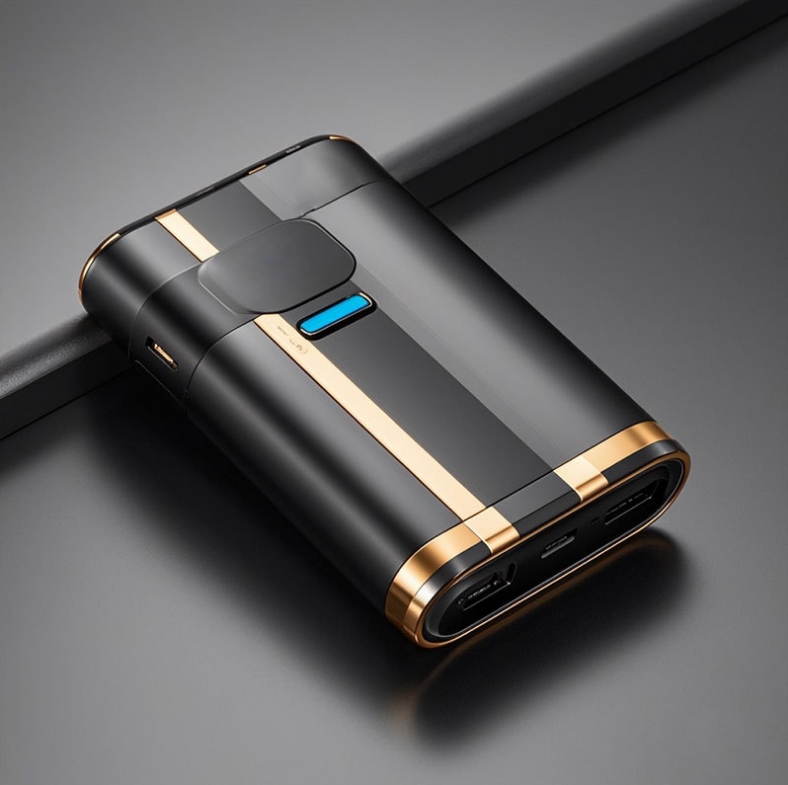
Preventing Invasion of External Factors: Electrical energy components are sensitive. The enclosure can prevent the invasion of dust, moisture, and foreign objects, avoiding problems such as short circuits and corrosion that may affect the operation of the product.
Physical Protection Function: The product may be subjected to external forces such as impacts and squeezes. The enclosure can withstand these external forces, protecting the internal components from deformation and damage, ensuring normal use.
Necessity of Heat Generation and Dissipation: Electrical energy components generate heat during operation. If the heat is not dissipated in a timely manner, it will lead to problems such as performance degradation, shortened lifespan, and potential safety hazards.
Cooperation between Enclosure Heat Dissipation Design and Internal Heat Dissipation System: For example, in computer power supplies and electric vehicle battery enclosures, their heat dissipation designs cooperate with the internal heat dissipation systems to effectively dissipate heat through heat dissipation holes and fins.
Electromagnetic Compatibility Requirements: Some electrical energy products are required to meet electromagnetic compatibility requirements because they generate electromagnetic radiation during operation and are subject to external interference.
Role of the Enclosure as Part of Electromagnetic Shielding: The enclosure can reduce the interference of internal electromagnetic radiation to the outside world and also prevent the influence of external interference on the internal components, maintaining the stability and reliability of the product.
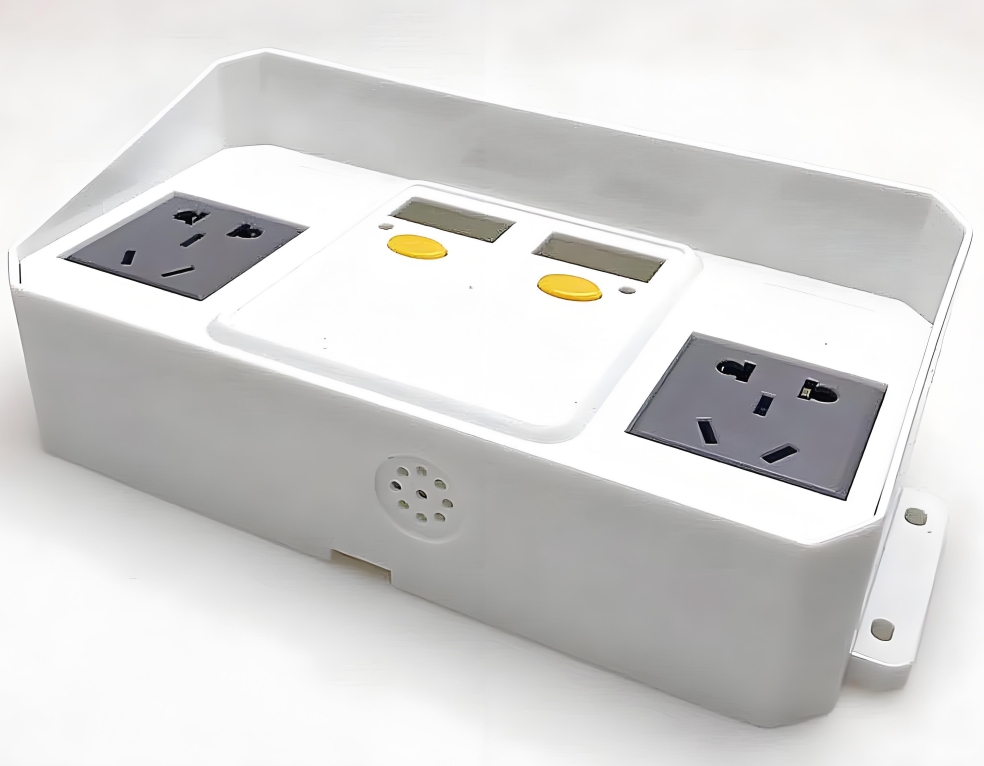
1.1 Team Collaboration: The design team closely cooperates with the research and development team of electrical energy products. Based on the product's functions, dimensions, and appearance requirements, the shape, structure, and functional layout of the enclosure are determined.
1.2 Key Elements
Selection of Parting Surface: The parting surface is selected considering the shape of the enclosure to ensure smooth demoulding and no obvious marks on the appearance.
Determination of Gate Location: The gate location is determined according to the shape, thickness, and plastic fluidity of the enclosure to ensure that the plastic fills the cavity evenly.
Setting of Reinforcing Ribs: Reinforcing ribs are set according to the forces acting on the enclosure and the layout of the internal components to enhance the strength while taking into account portability or installation adaptability.

2.1 Importance of Injection Molding Mold: The injection molding mold is the core of manufacturing, determining the molding quality and production efficiency of the enclosure.
2.2 Materials
P20 Steel: Good processability and moderate hardness, suitable for medium and small-sized molds.
718H Steel: High strength and hardness, used for large-sized or molds with high strength requirements.
2.3 Processes
CNC Machining: Precise machining of mold components. Multi-axis linkage can improve efficiency and control errors.
Electrical Discharge Machining (EDM): Used for areas with complex shapes that are difficult to machine by CNC, forming by eroding materials.
Wire Cut Machining: Used to process electrodes, inserts, etc., with high precision and high speed.
Precision Control: The dimensional precision of cavities, cores, etc. needs to reach the micrometer level. Monitoring and correction of deviations are carried out using coordinate measuring machines and other equipment.
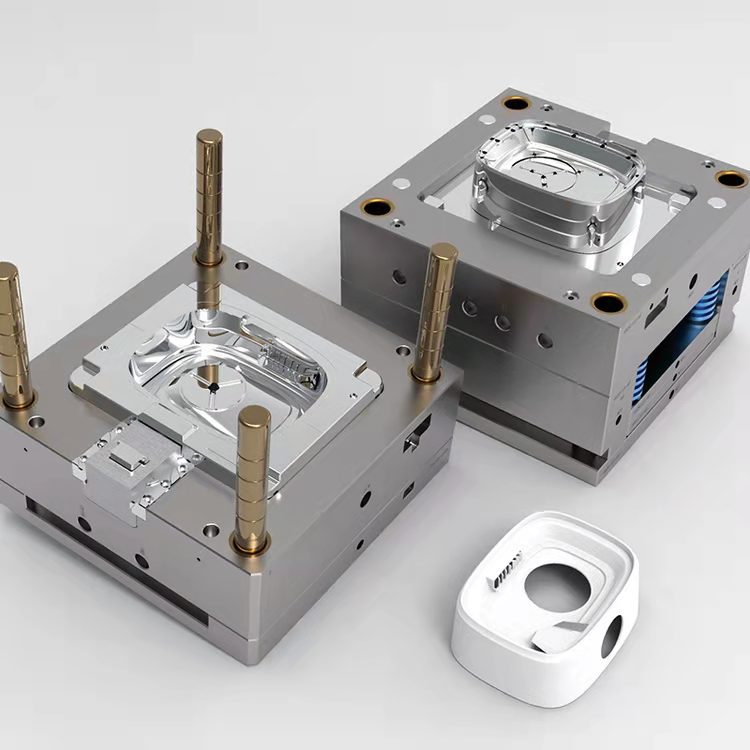
3.1 Basic Process: Raw material heating - injection into the mold - holding pressure - cooling - demoulding
3.2 Parameter Control
Injection Pressure: Matched according to the mold, materials, etc. Excessive pressure may cause flash, while insufficient pressure may lead to insufficient filling.
Injection Temperature: Ensure it is within the suitable temperature range of the plastic. Excessive temperature may cause decomposition, while insufficient temperature may affect melting.
Injection Time: Including filling time, holding pressure time, and cooling time, which are determined according to various factors to avoid defects.
3.3 Common Problems and Solutions
Shrinkage Cavities: Formed due to cooling shrinkage. The holding pressure time and pressure can be increased, and the cooling system can be optimized.
Flow Marks: Caused by uneven flow of the melt. The pressure and speed can be adjusted, and the exhaust system can be checked.
Flash: Caused by the overflow of the melt. The injection pressure can be reduced, and the mold clamping precision can be checked.

In conclusion, the electrical energy enclosure plays a crucial role in electrical energy products. Understanding what it is enables us to clearly recognize its diverse forms and material compositions. Knowing why we should pay attention to it makes us deeply aware of its importance in terms of protection, heat dissipation, and electromagnetic compatibility. Being clear about how it is made allows us to be familiar with the key points of each manufacturing step. Mastering these aspects will contribute to the better development and application of electrical energy products.
Copyright © 2023 :Worldbound Plasitc Products Co.Ltd